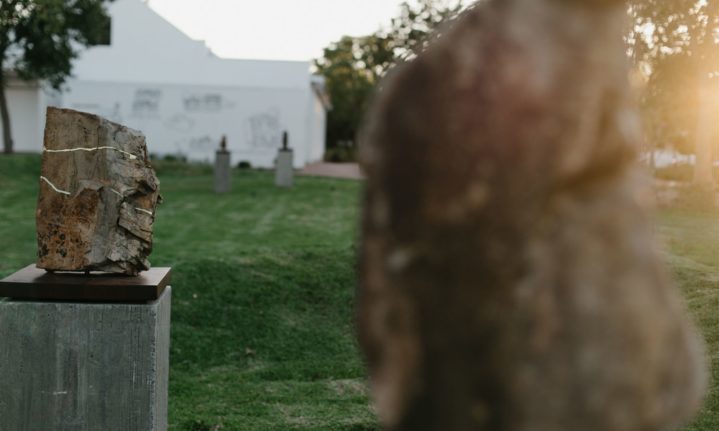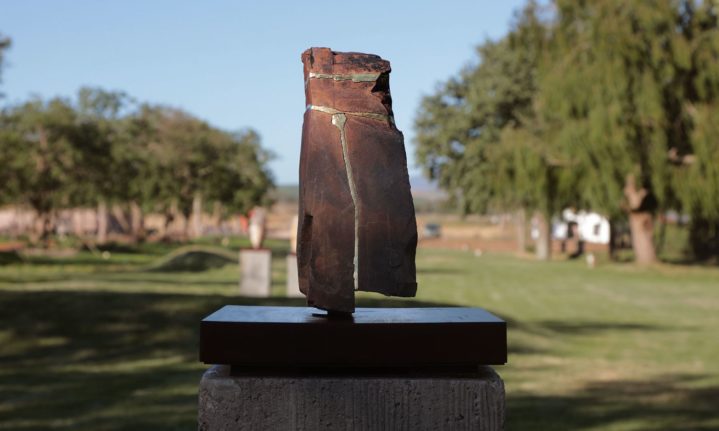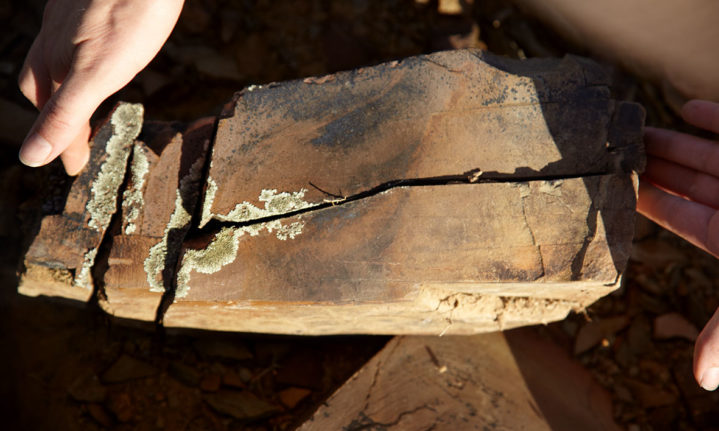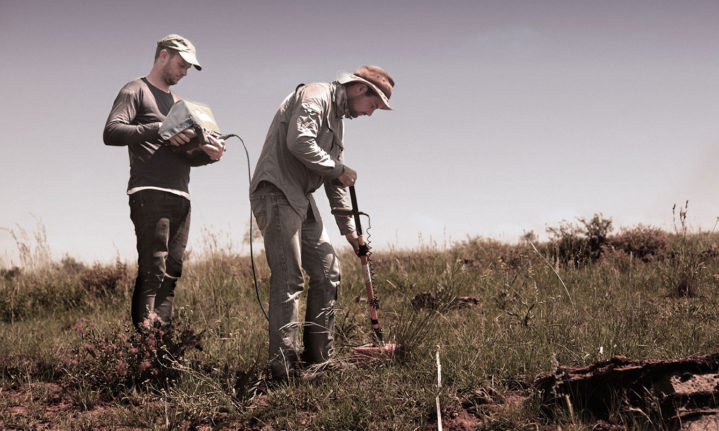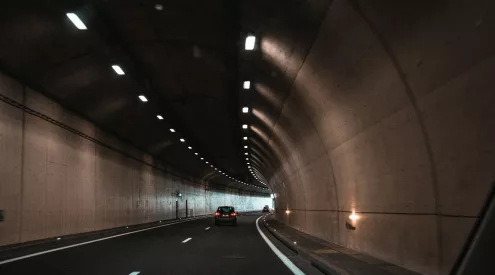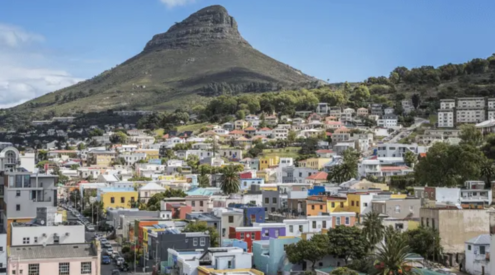Spier Wine Farm kicked off the fourth edition of its annual Spier Light Art exhibit on 18 March, featuring artworks curated by artists from across the globe.
The artworks are best viewed at night and use interactive designs incorporating light, sound and video to illustrate a specific message.
The overarching theme of these artworks is usually to highlight society’s current position in a given space and what that might look like in the future.
Curators Jay and Vaughan started the show after sunset, leading the group down the sloping terrain to various artworks. One installation garnered quite a bit of attention, a chunk of rock that seemed to ‘sing’. If you hover your hands above it, it would emit a specific sound.
Created by Jenna Burchell, this peculiar installation is called Songsmith (The Great Karoo). As an artist, Burchell often fuses the digital within the natural world – creating unusual vessels, archives, libraries that safeguard the fragile nature of memory and knowledge.
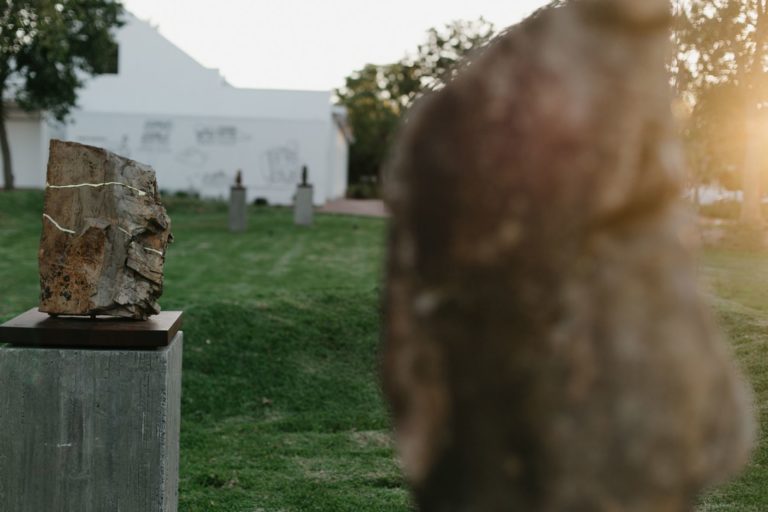
Credit: Spier Wine Farm
Songsmith (The Great Karoo) permanently resides at Spier Wine Farm, where the ground has been landscaped to form dunes around 12 artworks.
The sound found in Songsmith represents a mass extinction event that occurred over the span of a few hours 250 million years ago. Fossilised volcanic ash ruins were left behind and are found in The Great Karoo.
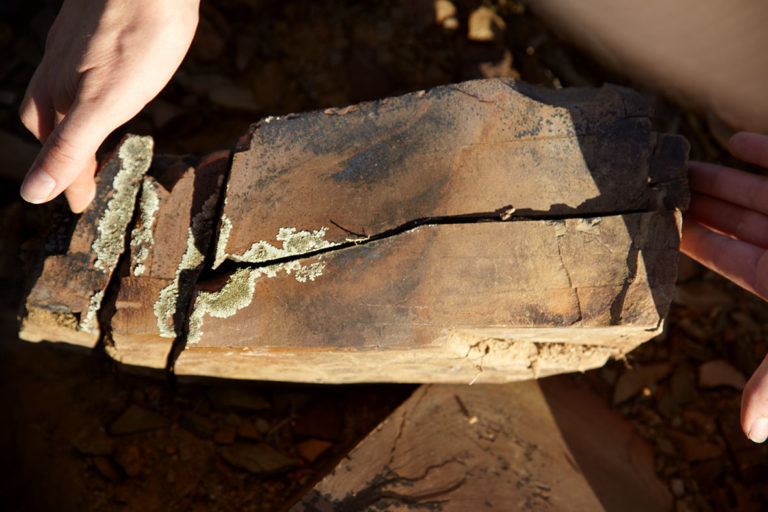
To curate this piece, Burchell searched the area for fractured rocks. She used the Japanese philosophy of Kintsukuroi to mend two or more pieces of fractured rock together with gold lacquer, to symbolise that something bears more meaning after being broken and represents the scars of history. The only difference is that Burchell does not use lacquer, but uses bronze instead.
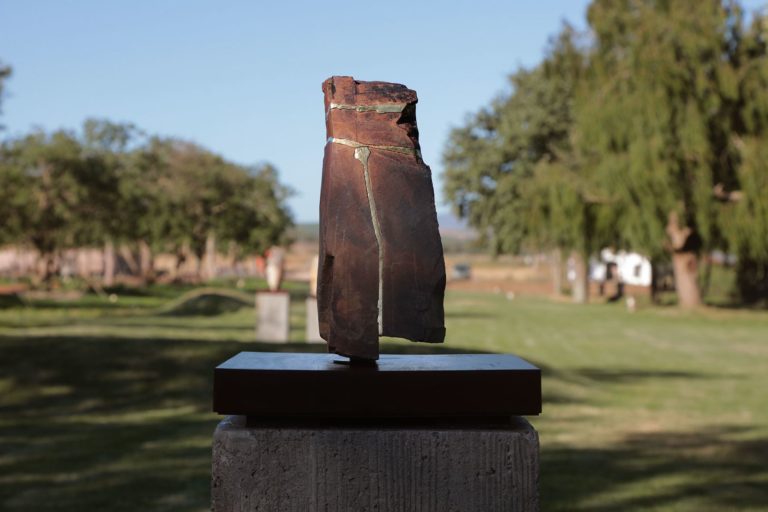
For the actual sound, Burchell and a team of geophysicists in The Great Karoo used ground penetrating radar to record waveforms of the earth’s substrate, deep into the ground and therefore eons in geological terms.
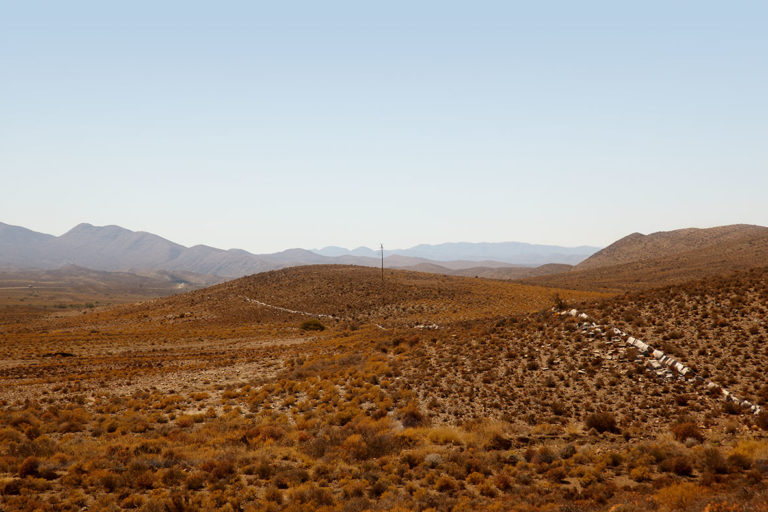
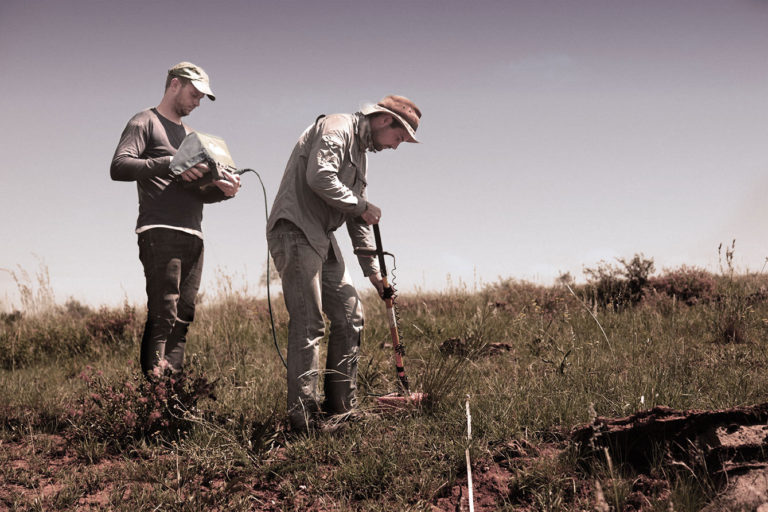
These sound waves are then translated and turned into the sound that emits from the fractured rocks. This emulates Burchell’s talent and ability to preserve nature and the nature of memory at the intersection of two worlds that seem diametrically opposed, namely the digital and the natural.
The clash of these two worlds emphasise the juxtaposition of the topographical space and the decolonial space. This begs further interrogation into where society stands currently and where we might end up.
Pictures: Supplied
ALSO READ
Cape Town’s cityscape gets a fresh coat of paint during street art festival









